This article was medically reviewed by Luba Lee, FNP-BC, MS. Luba Lee, FNP-BC is a Board-Certified Family Nurse Practitioner (FNP) and educator in Tennessee with over a decade of clinical experience. Luba has certifications in Pediatric Advanced Life Support (PALS), Emergency Medicine, Advanced Cardiac Life Support (ACLS), Team Building, and Critical Care Nursing. She received her Master of Science in Nursing (MSN) from the University of Tennessee in 2006.
There are 17 references cited in this article, which can be found at the bottom of the page.
This article has been viewed 63,083 times.
If your baby develops small red bumps on their bottom, it may be a diaper rash. It's very common and can clear up in 2 or 3 days with some care and attention. You can use skin-soothing topical creams and soak your baby in natural solutions like baking soda and water to clear it up quickly. Maintaining hygienic diaper-changing practices, changing your laundry detergent, and altering your baby's diet can also help clear up stubborn diaper rash.
Steps
Identifying the Rash Type
-
1Look for evidence of chafing around your baby's pelvic area. Chafing (contact dermatitis) is the most common cause of diaper rash. If you see small bumps and redness pop up in high-friction areas like the crease between your baby's leg and groin or where the diaper crosses your baby's butt cheeks.[1]
- Diaper rash can also occur where the diaper runs across your baby's lower abdomen.
-
2Check for signs of a yeast infection in the creases of your baby’s lower body. If you notice a bright red rash spreading from the creases between your baby's abdomen and thighs, it may be a yeast infection caused by candida. It can also occur near your baby’s butt crack and butt folds (where their legs meet their bum). The rash may look bright red with small acne-like dots or bumps around the edges.[2]
- It'll likely be tender so your baby may express signs of discomfort as well.
Advertisement -
3Identify any painful red bumps or crusty boils as impetigo. Impetigo is a bacterial infection that occurs as a secondary reaction to irritation. You may notice yellowish scabs, sores, pimples, or draining pus in the affected area. This can occur on your baby’s bottom as well as on their hands, feet, nose, and mouth.[3]
- Impetigo is much rarer than other types of diaper rash.
-
4Inspect your baby’s chin and armpits for signs of intertrigo rashes. Intertrigo rashes can occur not just on your baby’s butt-crack but in places where your baby’s skin is exposed to heat or moisture like under the chin or in your baby’s armpits. Your baby may also express some signs of discomfort like fussiness or crying when they move their legs or arms.[4]
- You’ll need to be extra careful cleaning your baby’s bottom if they have intertrigo rashes in their butt crack since they can be quite painful.
-
5Note any greasy or scaly rashes on your baby’s head, nose, or neck. If you notice a rash that looks greasy or has yellowish scales on your baby’s body (anywhere from their butt to their head), it could be a seborrheic rash. This is a bacterial infection that’s also referred to as cradle cap, seborrhea, seborrheic eczema, and seborrheic psoriasis.[5]
- You’ll treat seborrheic rashes in roughly the same way, just note that they could be signs of eczema and psoriasis and may require a doctor’s care to clear up.
-
6Pay attention to signs and symptoms of an allergic reaction. If your baby's rash is caused by an allergy to some chemical or material (like laundry detergent or fabric) the rash may look splotchy with raised areas of red or white skin. The rash may show up as soon as clothing comes in contact with your baby’s skin or within a week of contact.[6]
- It’s extremely rare for contact allergies to cause a severe reaction, but if you notice your baby has trouble breathing or shows any signs of swelling, call for emergency medical care right away.
-
7Notice any scaly patches or other signs of eczema on your baby’s entire body. If your baby's bum (or other parts of their body) is extra dry and has scaly or flaky red patches, it may be eczema. If this is the case, focus on using topical creams to clear it up.[7]
- Petroleum-based or zinc-oxide creams are clinically proven to treat eczema.
- Eczema can appear anywhere on the body, especially the cheeks and joint areas.
- If you have eczema your baby is much more likely to have it as well.
Applying Topical Solutions
-
1Apply a petroleum-based cream to any kind of diaper rash to protect the skin. Apply a quarter-sized amount of diaper rash cream to the rash after your baby’s bottom is clean and dry. Rub it on gently to avoid creating any friction. The petroleum jelly found in most diaper rash creams will create a barrier of moisture that will protect your baby’s bum from friction and allow it to heal faster.[8]
- A&D is a brand name petroleum-based cream. You also use regular petroleum jelly.
- Some petroleum-based creams contain lanolin, which can be very effective at treating diaper rash. However, if you or your baby have a known allergy to wool or lanolin, check to make sure the cream doesn’t contain lanolin before you use it.
-
2Try a non-allergenic diaper rash cream containing zinc-oxide for bacterial diaper rash. Apply a liberal amount of zinc-oxide-based diaper rash cream to your baby’s bottom after each diaper change. Make sure their skin is fully dry. The compound repels water from the surface of your baby's skin, creating a barrier that prevents bacteria from penetrating the skin and allows the skin to heal faster.[9]
- Most diaper rash creams advertised as "hypoallergenic" or "all-natural" rely on zinc oxide as the main active ingredient. When in doubt, check the ingredients list on the package.
- Desitin or Balmex are brand names of diaper rash cream that contain zinc oxide.
-
3Apply some breast milk to all non-fungal types of diaper rash. Whether the rash is caused by chafing, bacteria, or an allergic reaction, breastmilk’s antimicrobial properties can help heal your baby's sensitive skin. Express a little milk onto the rash and let it dry after changing your baby's diaper.[10]
- Do not use breastmilk if your baby's diaper rash is caused by yeast (candida) because sugars in breastmilk can feed the yeast and make it worse.
- Intertrigo can be caused by bacteria or fungus, so it’s best to skip breastmilk if you suspect it’s intertrigo.
-
4Use coconut or olive oil to soothe and heal all kinds of diaper rash. Both coconut and olive oil can form a barrier around your baby's sensitive skin, allowing it to heal faster. It’s a good remedy for any type of diaper rash but is especially helpful if you suspect your baby's rash is caused by chafing because of the oil’s moisture-restoring properties.[11]
- The only drawback to using natural oils is that it can cause the lining of the diaper to not absorb moisture as well. To mitigate this, use a liner or disposable diaper after applying olive or coconut oil.
Preventing Diaper Rash
-
1Change your baby's diapers as soon as they're soiled. Exposure to urine and poop can cause diaper rashes due to acidity or due to the moist environment inside the diaper. Check your baby's diaper every 30 minutes or if your baby gives you any clues that they've gone (farting, fussiness).[14]
- You should change your baby's diaper at least once every 2 to 3 hours.
- Always use a fresh diaper so you don’t spread any germs or bacteria.
-
2Rinse your baby's bum with warm water and gentle soap during diaper changes. Instead of relying on diaper wipes to clean your baby's bottom, flush the area with warm water mixed with a gentle liquid soap. It's less abrasive and can help clear up the rash faster. Wipe your baby’s bottom entirely to ensure it’s completely clean.[15]
- Make sure the water is not too hot—the same temperature as your baby's bathwater is perfect.
- Be sure to rinse all the tricky crevices.
-
3Air dry your baby's bottom after baths and diaper changes. Avoid wiping or scrubbing your baby's bottom dry after you change their diaper because the friction could irritate their sensitive skin. Waiting for your baby's bum to air dry will also give you two time to play![16]
- If you're short on time, blow on your baby's bum or use a small fan.
Variation: If you’re in a rush, try using a hair dryer on the low heat or cool setting to help dry your baby’s bottom faster before applying diaper rash ointment.
-
4Let your baby go commando more often. Allow your baby to go bottomless to expose the skin on their bum to air. If you're worried about them peeing or pooping while bottomless, lay them on a towel for some playtime.[17]
- Make sure the towel is washed with gentle, unscented detergent if you suspect your baby is sensitive to added dyes and fragrances.
-
5Keep the diapers as loose as possible. Tight diapers decrease the amount of airflow to your baby's bum, creating an environment that's too moist (which leads to diaper rash). Make sure it's tight enough to prevent leaks but not so tight that it's constricting.[18]
- Too-tight diapers can also cause chaffing, so it's important to get a loose, comfortable fit.
-
6Use odorless laundry detergent without dyes or harsh chemicals. If your baby wears cloth diapers, your laundry detergent may be to blame for the rash. Instead of using scented varieties, stick to ones without fragrances, dyes, or harsh chemicals.[19]
- Some brands make laundry detergent especially for dirty diapers, so seek those out if you can.
-
7Avoid giving your baby acidic foods. If your baby is pooping more often as a result of dietary changes, acidic foods could be the culprit. Don't feed your baby citrus foods or tomatoes (including tomato-based sauces) and see if the rash clears up.[20]
- Citrus fruits include lemons, limes, oranges, strawberries, kiwi, pineapple, grapefruit, grapes, peaches, prunes, and plums.
- Avoid solid citrus foods and the juice of citrus foods.
-
8See your pediatrician about testing your baby for food sensitivities or allergies. A diaper rash and a sore ring around your baby's bum could indicate a sensitivity to certain foods or a food allergy. Have your pediatrician test your baby for allergies to wheat, dairy, soy, and legumes.[21]
- Most doctors recommend waiting until your baby is over 12 months old before feeding them acidic foods. Talk to your pediatrician before changing your baby's diet.
Warnings
- Always talk to your doctor before changing your baby’s diet.⧼thumbs_response⧽
- Avoid using baby powder or talcum powder on your baby’s bottom because it could cause lung problems if you or your baby inhale small dust particles.[22]⧼thumbs_response⧽
- If the rash persists, spreads, becomes oozy, or if your baby develops a fever, call your doctor as soon as possible.[23]⧼thumbs_response⧽
References
- ↑ https://kidshealth.org/en/parents/diaper-rash.html
- ↑ https://www.ncbi.nlm.nih.gov/pmc/articles/PMC2996076/
- ↑ https://www.seattlechildrens.org/conditions/a-z/diaper-rash/
- ↑ https://www.nhs.uk/conditions/rashes-babies-and-children/
- ↑ https://www.mayoclinic.org/healthy-lifestyle/infant-and-toddler-health/multimedia/baby-rashes/sls-20076668
- ↑ https://health.clevelandclinic.org/is-laundry-detergent-causing-your-childs-skin-rash/
- ↑ https://www.ncbi.nlm.nih.gov/pmc/articles/PMC2957505/
- ↑ https://emedicine.medscape.com/article/801222-treatment
- ↑ https://www.hopkinsmedicine.org/health/wellness-and-prevention/newborn-skin-101
- ↑ https://www.ncbi.nlm.nih.gov/pmc/articles/PMC5472239/
- ↑ https://www.pharmacytimes.com/view/how-to-make-an-effective-diaper-rash-salve
- ↑ https://www.care.com/c/stories/4661/7-home-remedies-for-diaper-rash/
- ↑ https://www.mayoclinic.org/diseases-conditions/diaper-rash/diagnosis-treatment/drc-20371641
- ↑ https://kidshealth.org/en/parents/diaper-rash.html
- ↑ https://www.seattlechildrens.org/conditions/a-z/diaper-rash/
- ↑ https://www.seattlechildrens.org/conditions/a-z/diaper-rash/
- ↑ https://www.whattoexpect.com/first-year/baby-care/diaper-rash/
- ↑ https://www.whattoexpect.com/first-year/baby-care/diaper-rash/
- ↑ https://kidshealth.org/en/parents/diaper-rash.html
- ↑ https://www.homemade-baby-food-recipes.com/diaper-rash-and-baby-food.html
- ↑ https://www.ncbi.nlm.nih.gov/pubmed/30488541
- ↑ https://www.ncbi.nlm.nih.gov/pmc/articles/PMC3192739/
- ↑ https://www.hopkinsmedicine.org/health/wellness-and-prevention/newborn-skin-101

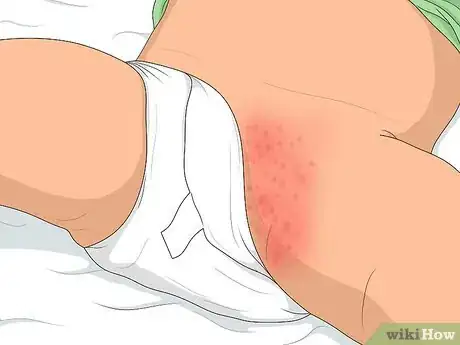
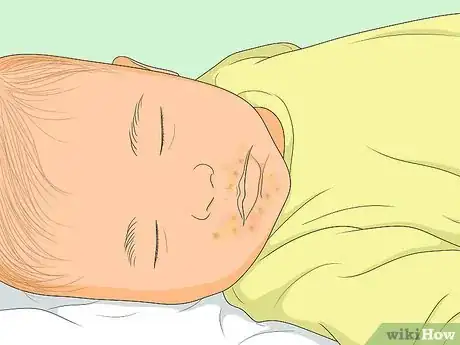
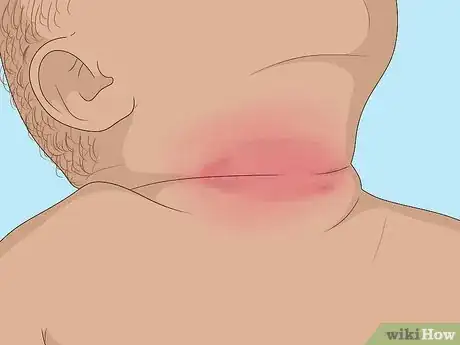
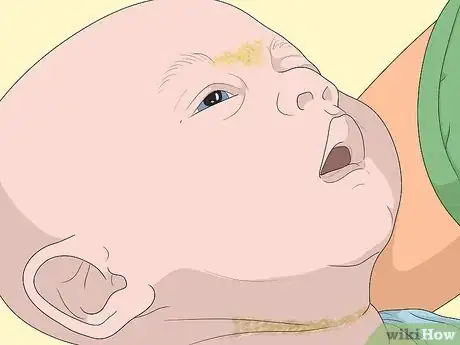
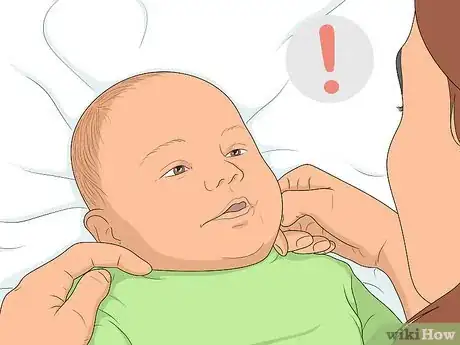
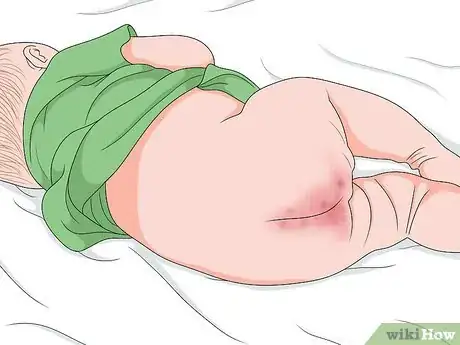
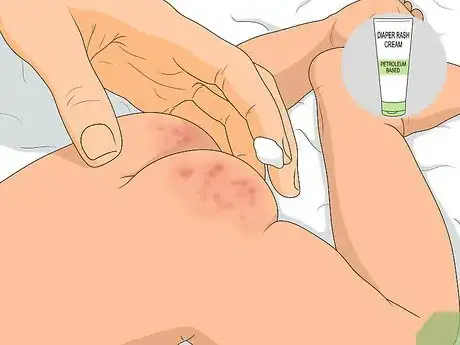
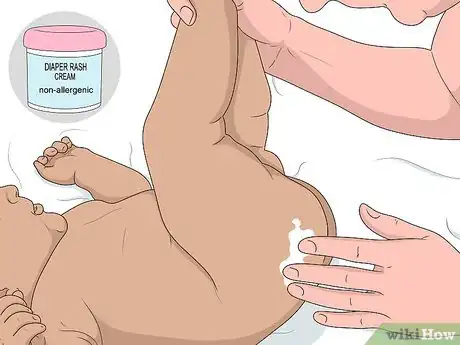


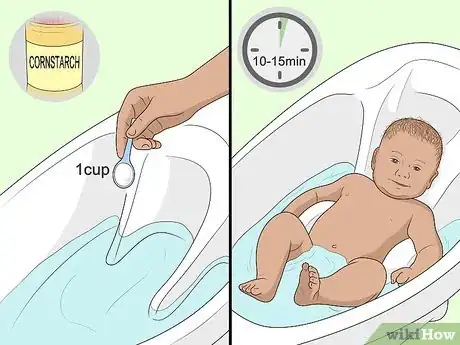
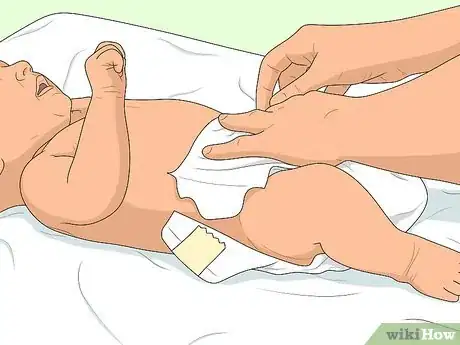
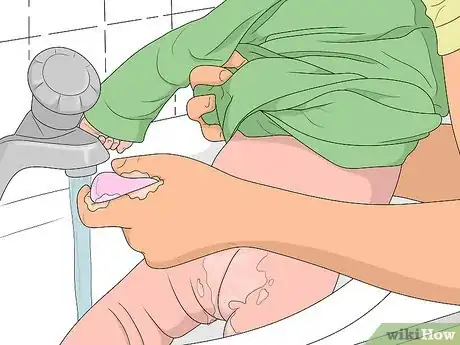


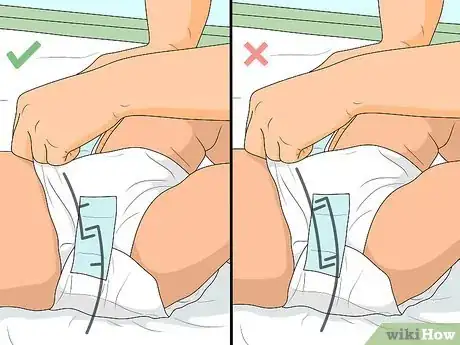

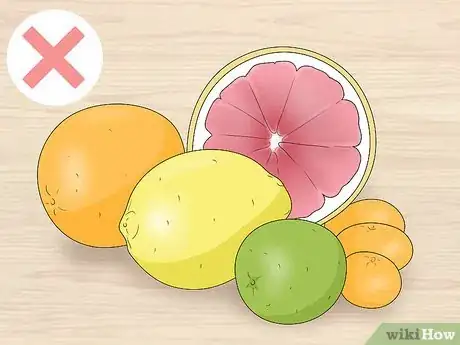


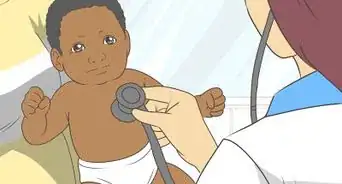
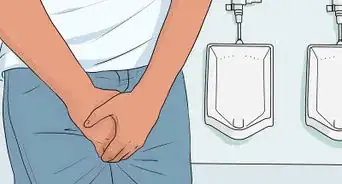

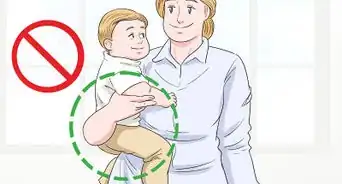

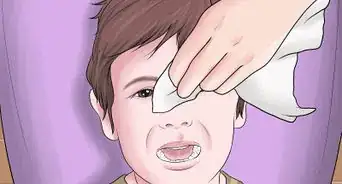

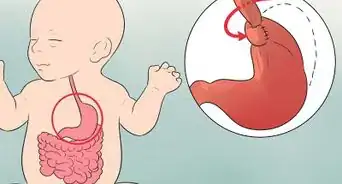
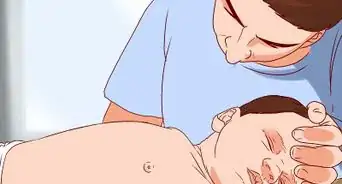
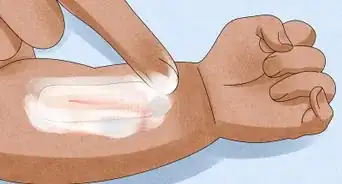












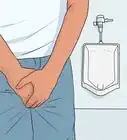
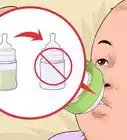



































Medical Disclaimer
The content of this article is not intended to be a substitute for professional medical advice, examination, diagnosis, or treatment. You should always contact your doctor or other qualified healthcare professional before starting, changing, or stopping any kind of health treatment.
Read More...